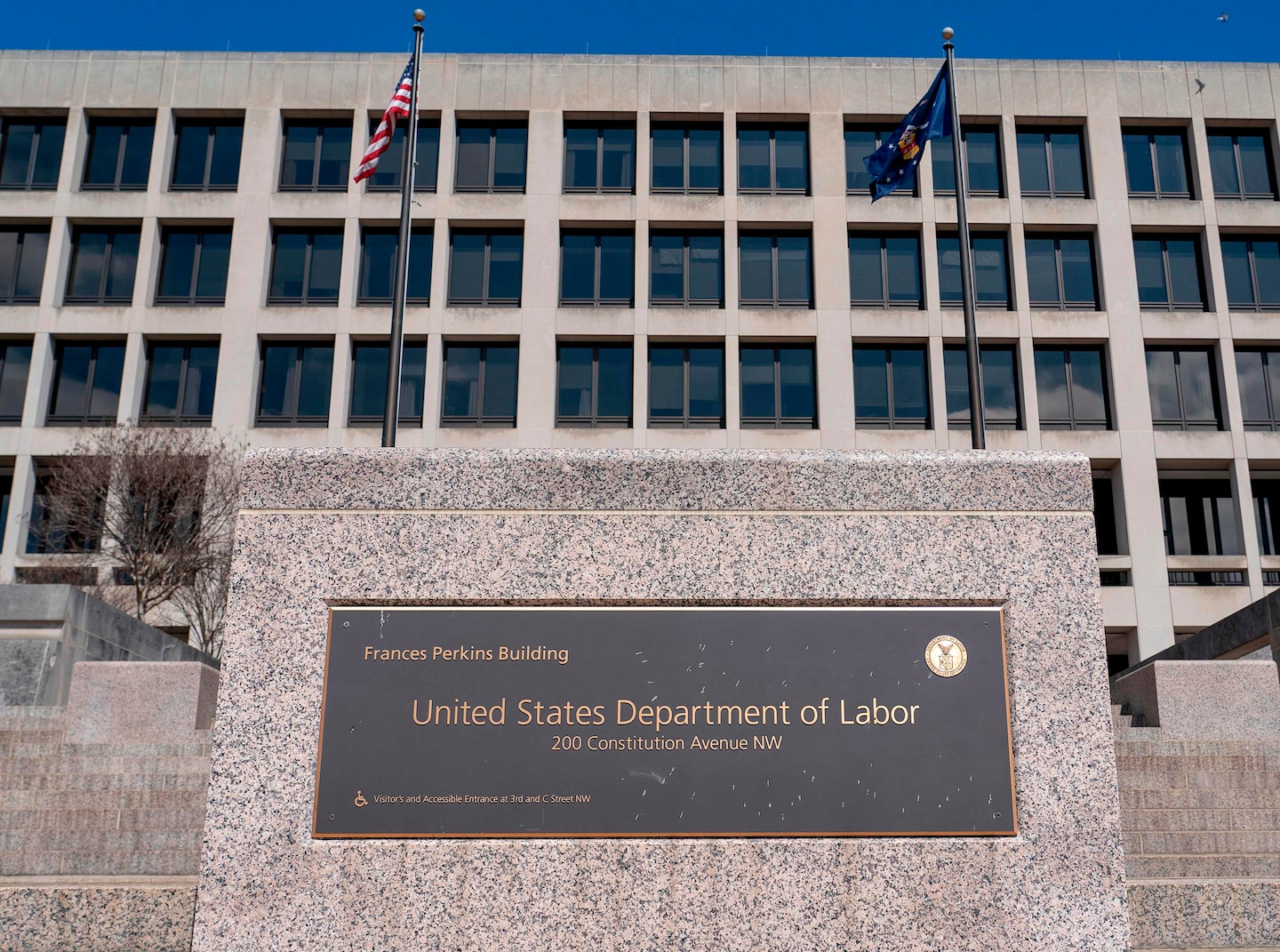New Trump administration rule could make it harder for gig and contract workers to have rights as employees

The proposed rule is the first of a multistep process with potential consequences for millions of workers.
Under the proposal, the Department of Labor — which has the power to investigate worker complaints about misclassification — said it would adopt a few guidelines to test whether workers should be considered employees or contractors.
This test would assess whether a worker is truly in business for themselves, like a contractor, or whether they are economically dependent on their employer, as an employee. It would also examine the degree of control a worker has over their work, and whether their earnings came from their initiative or investment.
Labor advocates and former officials said the rule would only exacerbate the long-standing issue of worker misclassification, as companies have sought to lower labor costs by hiring workers as contractors, who then don’t have to be paid health insurance and other benefits afforded to employees.
“Many workers are misclassified and have been for years — construction workers, agricultural workers, janitors, home care workers,” said Catherine Ruckelshaus, the legal director of the National Employment Law Project, an advocacy group for workers. “They all stand to lose from this rule.”
The complicated guideline adds to a number of legal battles that seek to better clarify the boundary between contractors and employees.
On the left, there has been a push recently to make it harder for companies to classify workers as contractors if the company relies on the workers’ labor.
In California, the state’s AB5 law aims to force gig companies such as Lyft, Uber and others to treat their workers like employees, which is currently the subject of a court case and hotly contested ballot proposition.
Labor Secretary Eugene Scalia wrote a short opinion piece published Tuesday in Fox Business in support of the department’s rule, invoking AB5 no less than five times in critical terms.
Scalia wrote that, “our rule aims to simplify, clarify and harmonize principles the federal courts have espoused for decades when determining what workers are ‘employees’ covered by the minimum wage and overtime pay requirements.”
“Our proposed rule aims to clear away the cobwebs and inconsistencies that have grown up around this analysis since the Supreme Court’s decisions more than half a century ago,” Scalia wrote.
Democrats disagree.
“The pervasive trend of employers misclassifying their employees as independent contractors … strips workers of basic wage and hour protections, leaves law-abiding businesses at a competitive disadvantage, and robs state and local government of billions in lost revenues,” said Rep. Robert C. “Bobby” Scott (D-Va.), the chairman of the House’s labor committee, in a statement. “Unfortunately, the Department’s proposal would leave workers even more vulnerable to misclassification by upending longstanding guidance on who is considered an employee.”
Scott sent a letter to Scalia on Tuesday requesting information about whether outside parties were involved in the drafting of the rule.
The Department of Labor did not respond to requests for comment.
The federal agency will collect comment on the proposed rule over the next 30 days.
The rule would not invalidate laws in states, like California, that seek to add more protections for workers. But for those states that have not weighed in on the debate over contract employees, this Labor Department rule will act as a baseline.
The number of workers considered contractors has grown steadily in recent decades. Labor advocates say a large fraction of this group are wrongly classified as contractors, as companies have sought to reduce the cost associated with the hiring of traditional employees.
They are not covered by federal minimum wage and overtime wage laws, or even child labor protections, and they don’t typically qualify for unemployment insurance and workers’ compensation, the main form of recourse for workers who get sick or injured on the job.
The pandemic has since revealed the shortcomings of this system, as Congress was compelled to pass an aid package to provide unemployment insurance for self-employed and gig workers, that unlike traditional unemployment, received no funding from the companies who rely on these workers.
“The core problem is that for many years employers have been restructuring business models to shift risks to workers — risks for unemployment, risk for injury, risks for slowdowns,” said Jenny R. Yang, a senior fellow at the Urban Institute, and a former commissioner of the U.S. Equal Employment Opportunity Commission. “Workers individually are not in a position to bare the risk. … So this creates more uncertainty and ultimately threatens to further lower working conditions for more workers if it is finalized.”






